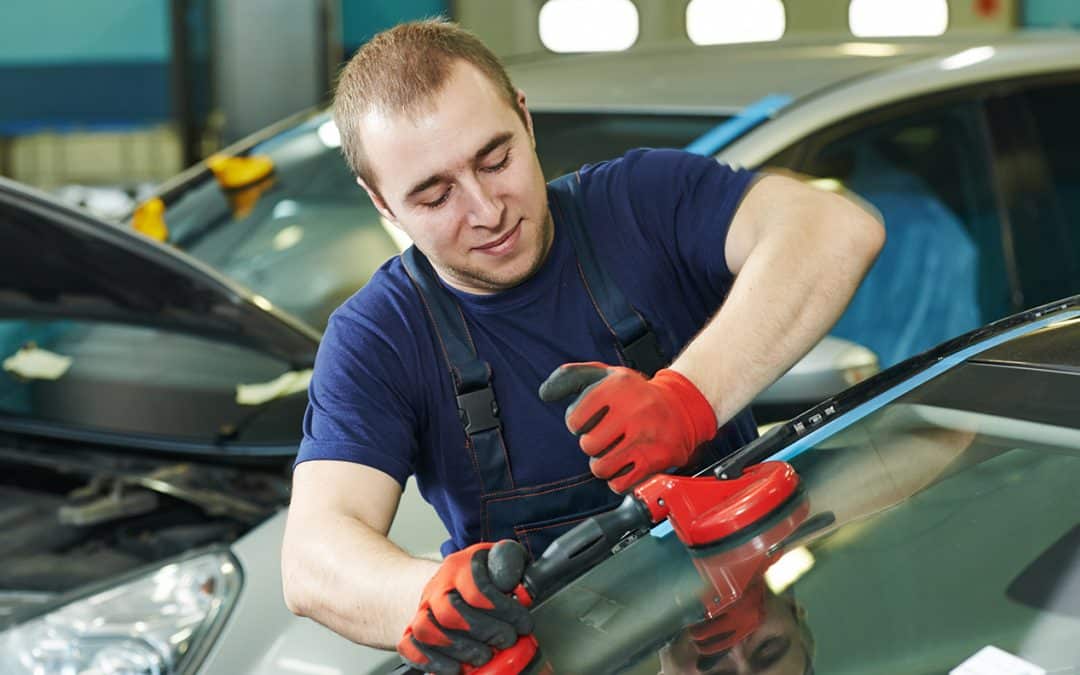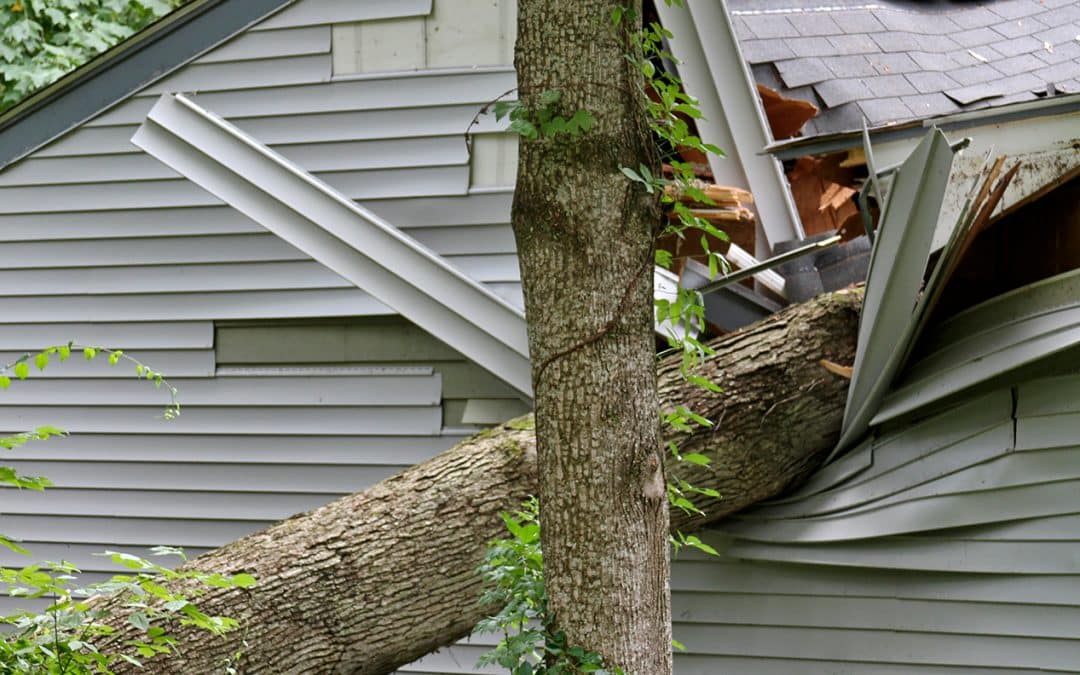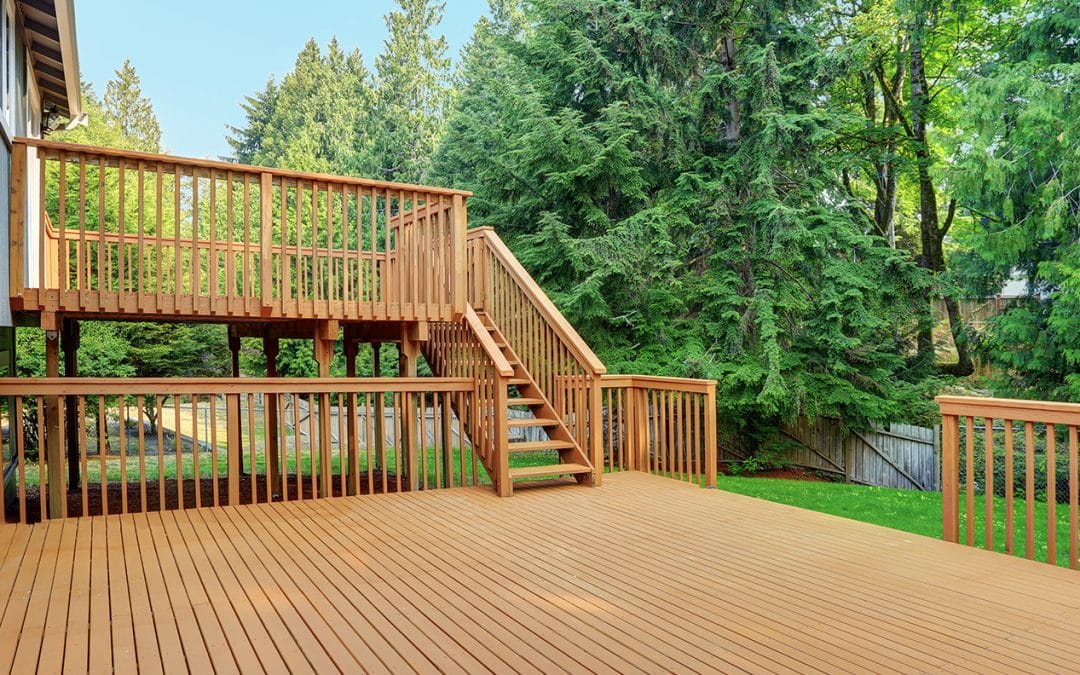If you are considering buying a self-driving car, you may be wondering what the different levels of autonomous driving are.
Autonomous driving occurs when a vehicle or other transport system moves without human intervention. There are several autonomous driving levels established by The Society of Automotive Engineers (SAE). Here you will find a definition and explication of each level. MAPFRE Car insurance products cover all levels of this type of driving that are available in the United States.
Autonomous Driving Level 1
We’ll start with Level 1 even though there is a level 0, but that is simply no autonomous driving. The driving is purely human-controlled. In Level 1, the car has at least one support system for a human driver and can take control of certain functions in specific situations, but it cannot take complete control of the car. It has autonomous acceleration assistance as well as braking or steering assistance, but the driver must be ready to take over at any time.
The cruise control assistance will keep your vehicle at a safe distance from the traffic in front of you as well as steering assistance. If your car has both of these features, it qualifies as Level 2.
Autonomous Driving Level 2
Cars with Level 2 have advanced driving assistance systems (ADAS) that will take over more complex functions that can combine steering, accelerating and braking at the proper time. This is because the technology has a greater awareness of the local surroundings. Even though these systems can do the job, the human driver must be alert and take over from the automatic system at all times.
With some Level 2 cars, the driver must have their hands on the steering wheel, but others have a hands-free option. In both of these systems, the driver must remain alert. A Level 2+ allows all autonomous systems to function, but the driver must be alert and monitor the systems and be ready to stop the car. At this level, you cannot sleep or do other activities that take your attention away from driving.
Autonomous Driving Level 3
It’s a giant leap from Level 2 to Level 3, and no Level 3 vehicles are legal to use on American roads yet. Also called conditional driving automation, Level 3 has several driver assistance systems as well as artificial intelligence that can assess and react to various driving situations. For example, the system can handle steering, braking and acceleration.
A human driver must be present inside the car who can take control in an emergency but does not need to constantly monitor the car. The driver can use their phone or read the newspaper and the system will give an alert if the driver needs to take over in stop-and-go traffic. The driver can do other things but cannot take a nap in Level 3. The vehicle can also monitor the driver, and if he or she is not in a condition to take control or does not take control, the car will automatically come to a safe stop.
Autonomous Driving Level 4
Level 4 is called high-driving automation. It does not need any human interaction because the system will stop itself if there is a system failure. Some Level 4 vehicles do not have pedals or a steering wheel. In this type of vehicle, you can take a nap.
These vehicles are programmed to travel between two points and may be restricted to certain geographical borders in your locality. Certain conditions may cancel or at least limit Level 4 systems, such as severe weather or uncharted boundaries.
Autonomous Driving Level 5
The highest classification is Level 5, and that means the vehicle is fully autonomous and can drive itself anywhere and in any weather conditions without any human interaction. The only thing a passenger needs to do is set the destination.
The car will not be inhibited by bad weather or boundaries. Passengers will ride comfortably and can play games on their phones, play cards or sleep. These vehicles may also not have a steering wheel or pedals.
As you can see, not all autonomous features are hands-free, but the technology is being upgraded regularly. The above levels are designated by the SAE and were updated in April 2021. By 2020, most newly manufactured cars had at least one autonomous feature, and it will only become more and more popular over time.



